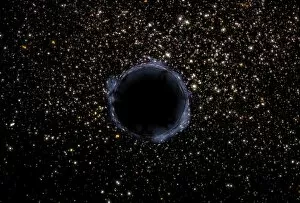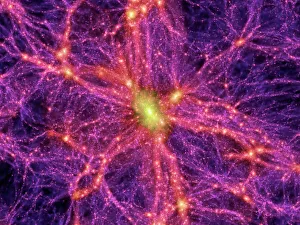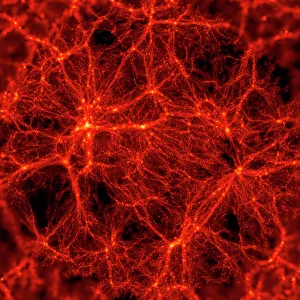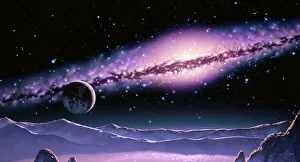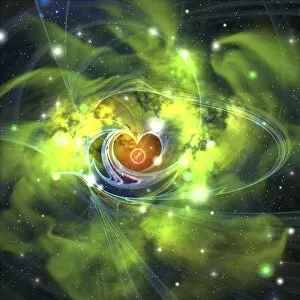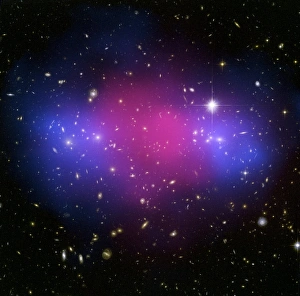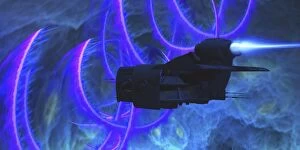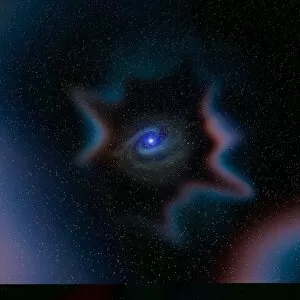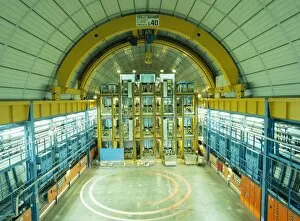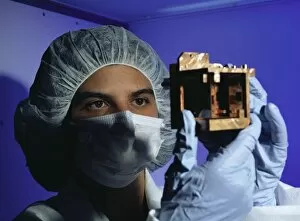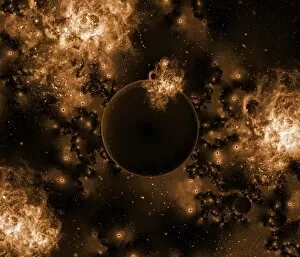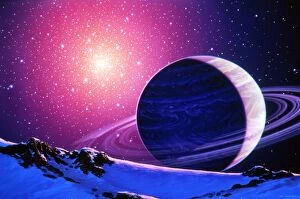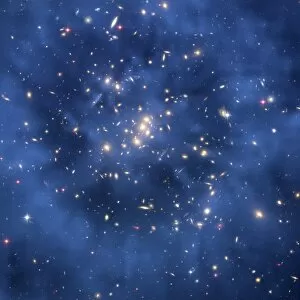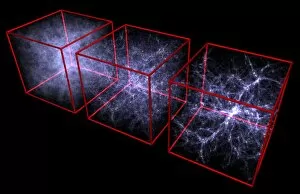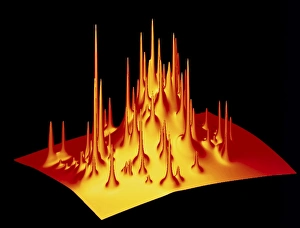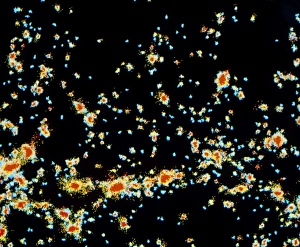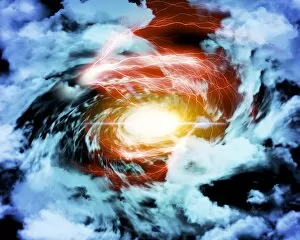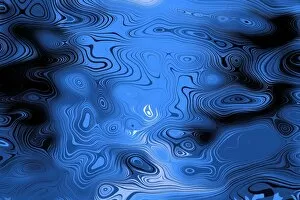Dark Matter Collection
Dark matter, the enigmatic cosmic puzzle that continues to baffle scientists, reveals its secrets through various captivating hints scattered across the universe
All Professionally Made to Order for Quick Shipping
Dark matter, the enigmatic cosmic puzzle that continues to baffle scientists, reveals its secrets through various captivating hints scattered across the universe. With each discovery, we inch closer to understanding this elusive substance that makes up a significant portion of our cosmos. Through meticulous research and observations, astronomers have mapped out the distribution in intricate detail. These mesmerizing dark matter maps unveil hidden structures and provide crucial insights into how galaxies form and evolve. In one such map, a halo planet emerges as an intriguing anomaly amidst the vast darkness. Its presence raises questions about the role dark matter plays in shaping celestial bodies beyond what meets the eye. As if from a science fiction movie, the James Webb Space Telescope's artwork captures our imagination with its promise of unraveling more mysteries surrounding dark matter. This groundbreaking instrument holds immense potential for shedding light on this cosmic enigma. Amidst countless stars twinkling in our galaxy lies a bright star that stands out among them all – it is none other than dark matter itself. Its invisible influence permeates throughout space, leaving us awestruck by its profound impact on galactic dynamics. An unusual nebula catches our attention as it boasts a heart at its center – an ethereal reminder of how even within darkness lies beauty and wonder waiting to be explored. Intriguingly captured through X-ray imaging during a galaxy cluster collision, we witness firsthand how dark matter interacts with ordinary matter in ways yet unknown to us. Such collisions offer invaluable glimpses into this mysterious substance's behavior under extreme conditions. Collaborating internationally, astronomers employ gravitational lensing observations from NASA/ESA Hubble Space Telescope to delve deeper into understanding dark matter's nature. Their tireless efforts bring us closer to unlocking its secrets and comprehending its role in shaping our universe's grand tapestry. A spaceship daringly ventures near a cosmic string—a relic from the formation of our universe—reminding us of humanity's relentless pursuit of knowledge.

